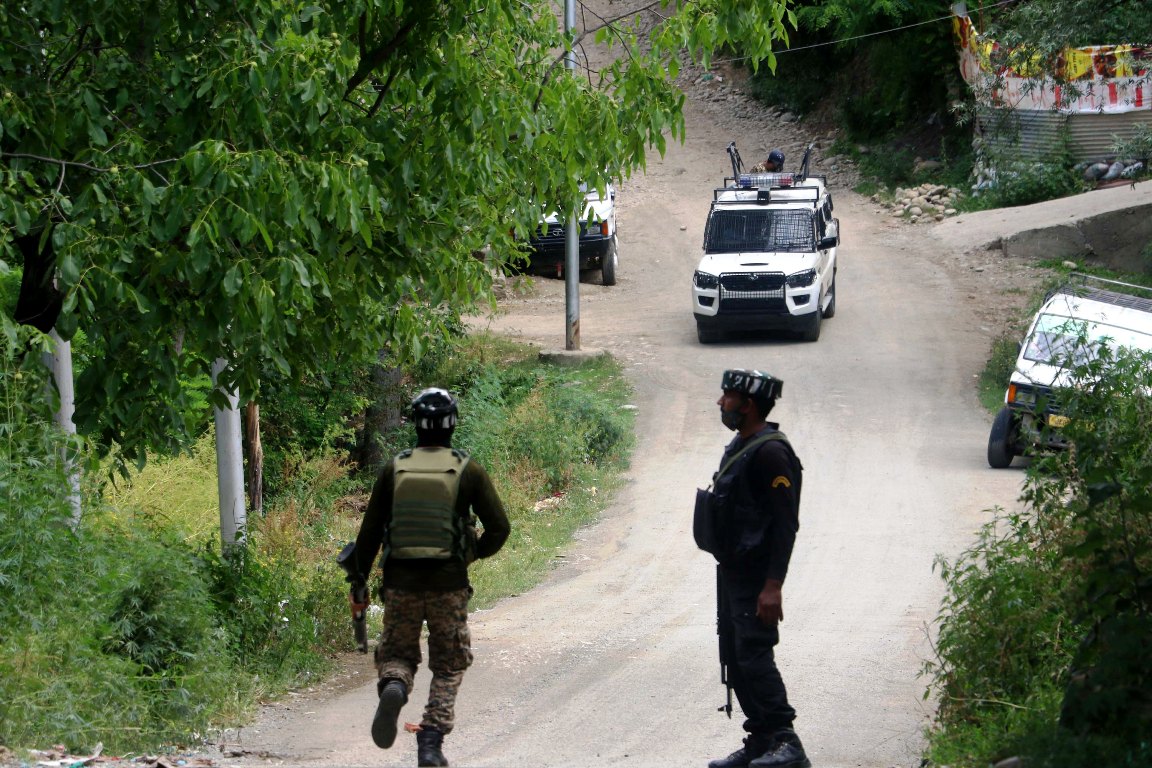SRINAGAR: As a major concern, the power generation capacity in Jammu and Kashmir has been reduced by nearly 85 per cent due to water shortages.
Across the region, the total power generation capacity is 1200 Megawatts.
Principal Secretary of the Power Development Department (PDD) H Rajesh Prasad said that there was a huge shortfall in power generation from the Union Territory pool. “From the state pool, we have a power generation capacity of 1200 MW. However, due to the shortage of water, we are generating only 150 MWs during the ongoing winters,” Prasad said.
The Principal Secretary further said that Jammu and Kashmir was more dependent on the central pool to fill power gaps to a larger extent.
Prasad said, “From the total capacity of 2800 MWs, we are getting 2650 MWs from the central pool, and only 150 MWs are being generated from the state pool. This includes all the recent Power Purchase Agreements (PPAs) made by the JKPDD.”
Earlier on December 12, authorities announced that the Jammu Kashmir government, in the ongoing fiscal, has signed Power Purchase Agreements (PPAs) for 2500 MW to double the existing power availability.
It was stated that a high-level meeting was held under the chairmanship of Union Minister of Power, New and Renewable Energy, R. K. Singh, and Lieutenant Governor of J&K Manoj Sinha to review the power sector of J&K.
“During the meeting, H. Rajesh Prasad, Principal Secretary to the Government, Power Development Department, presented a detailed overview of the department’s recent achievements,” the official said.
It was informed that J&K had taken many proactive steps to ensure sufficient availability of power as part of both short-term and medium-term measures.
Pertinently, it was previously reported that the Power Development Department (PDD) continues its ‘old and obsolete infrastructure,’ posing a major hindrance in providing uninterrupted power supply to the citizens.
“The power demand in J&K is primarily met through hydel power, which, however, varies with seasonal variations, thereby causing power deficit mainly during winters when power demand surges high,” reads the official documents.
About the continuance of old and obsolete infrastructure, the document reveals, “The replacement of existing old and outdated elements of the distribution network has never been given due consideration, and many of which are, therefore, continuing in the system for more than 40 years after repeated repairs.”
“It was posing a major hindrance in providing uninterrupted power supply mainly due to frequent snapping of conductors and damage to the transformers,” it reads.
The official document further states that the frequent snapping of conductors posed a serious threat to men and material.
With these issues, the experts according to the document have suggested that the present transmission system needs strengthening by the creation of new transmission lines and grid stations which would require a huge investment, not only to meet the growing power demand but also to evacuate power from the upcoming generation projects. (KNO)















